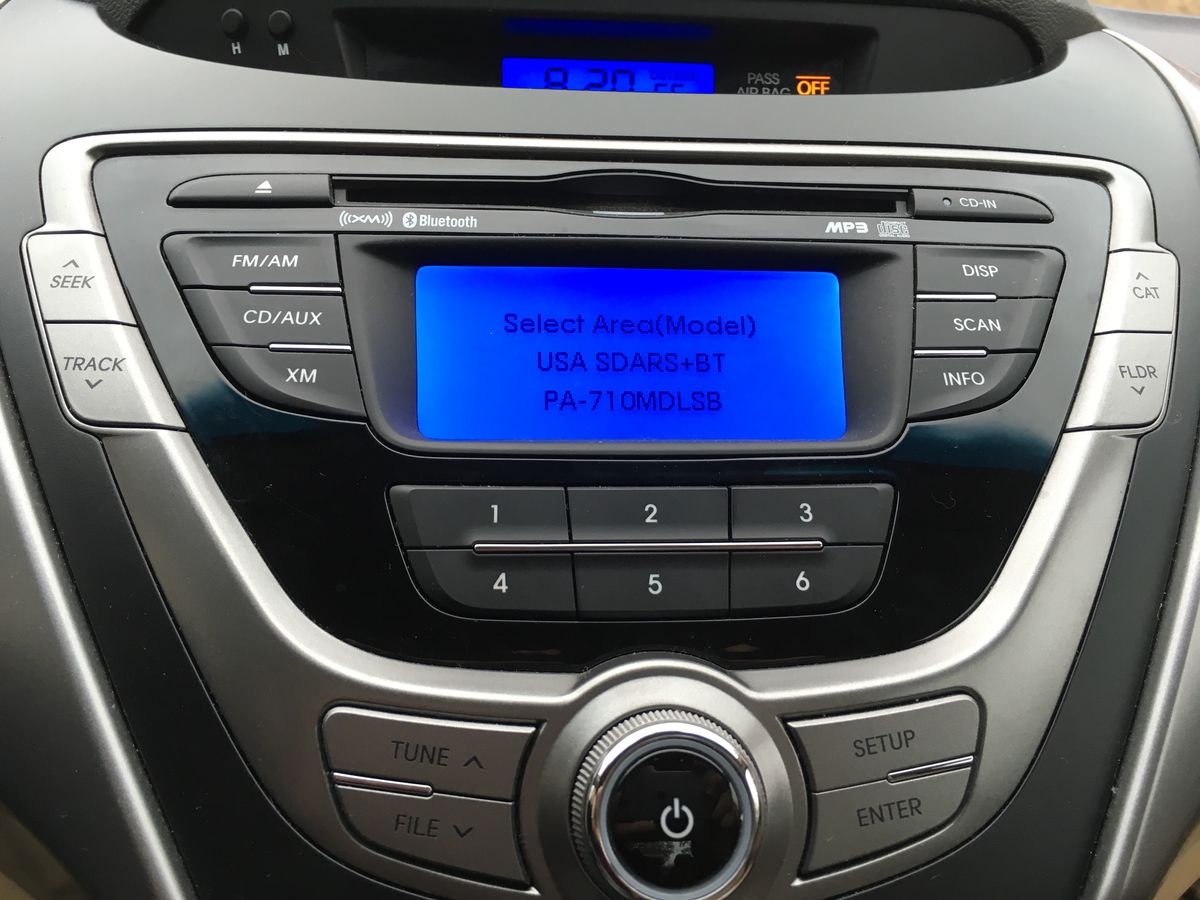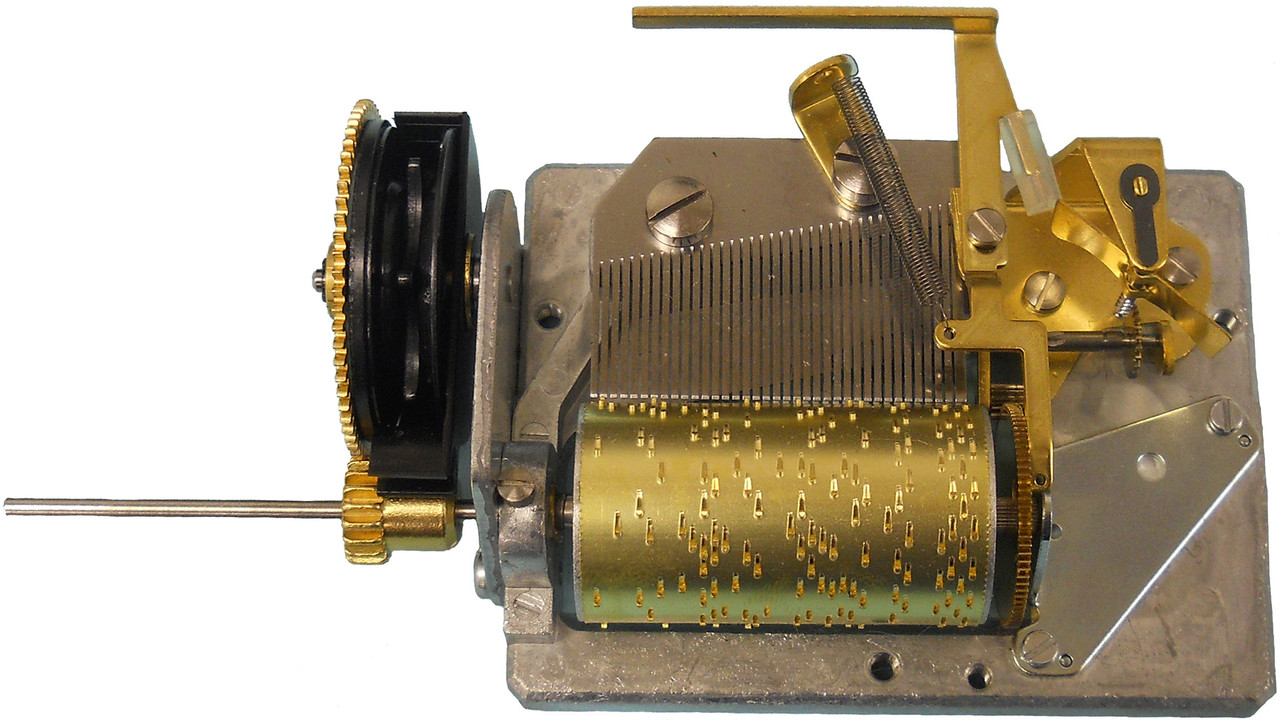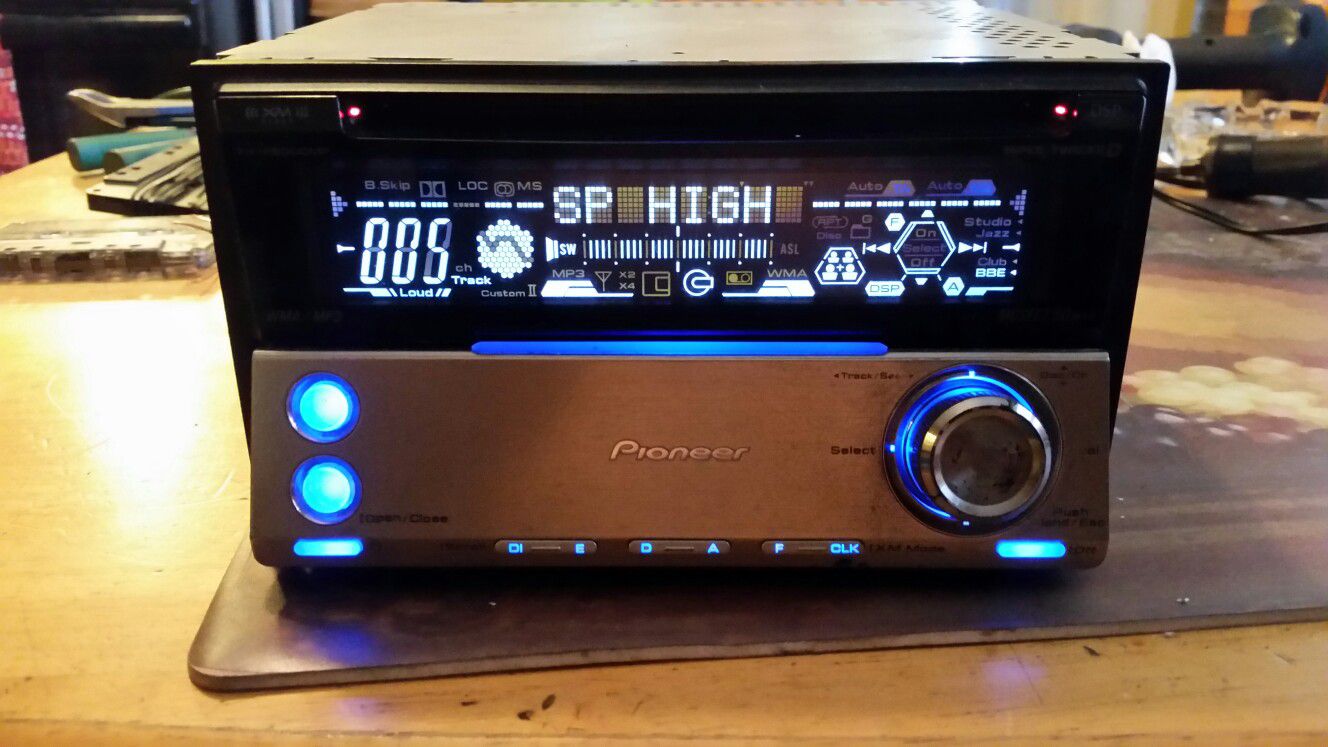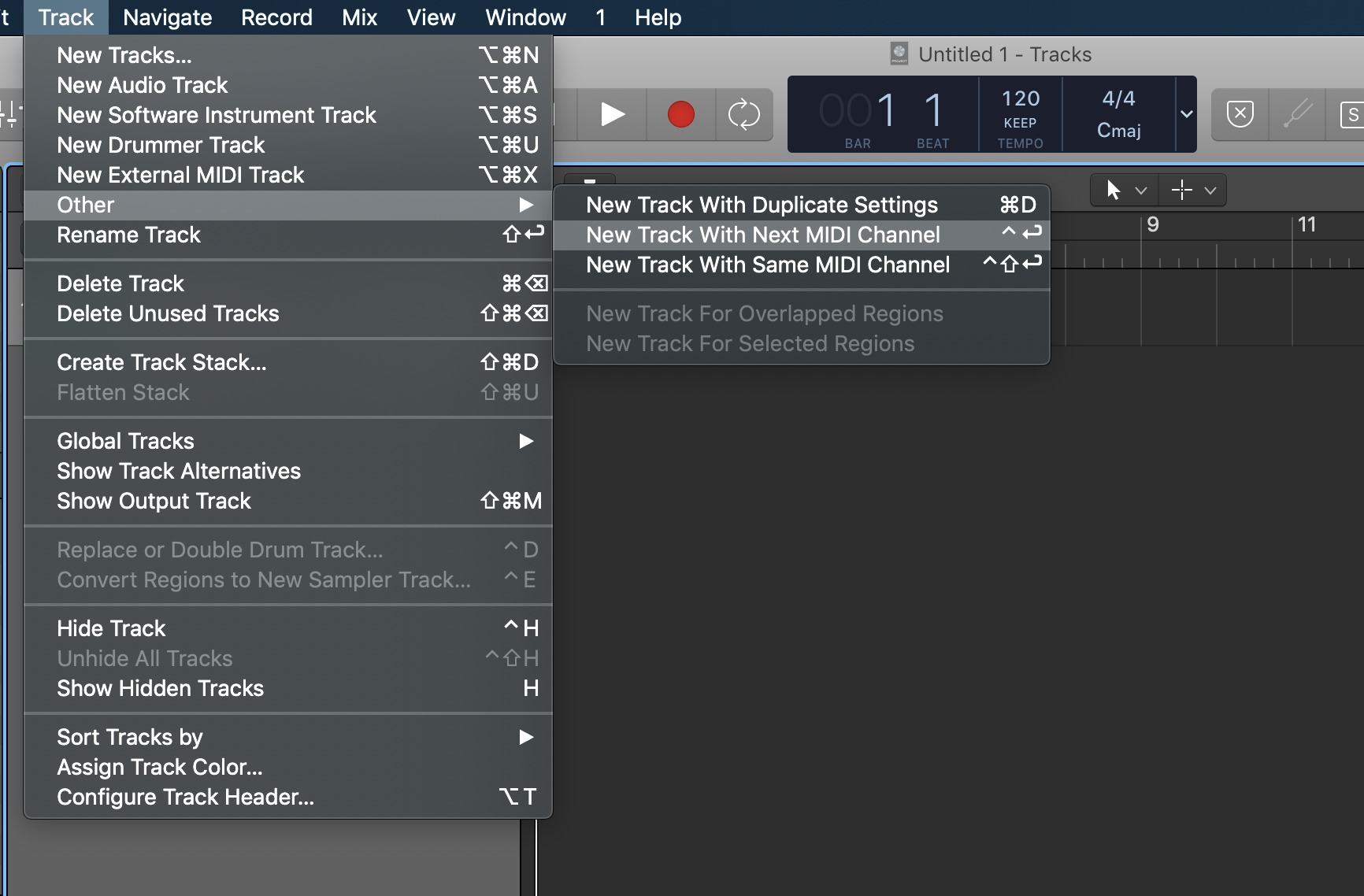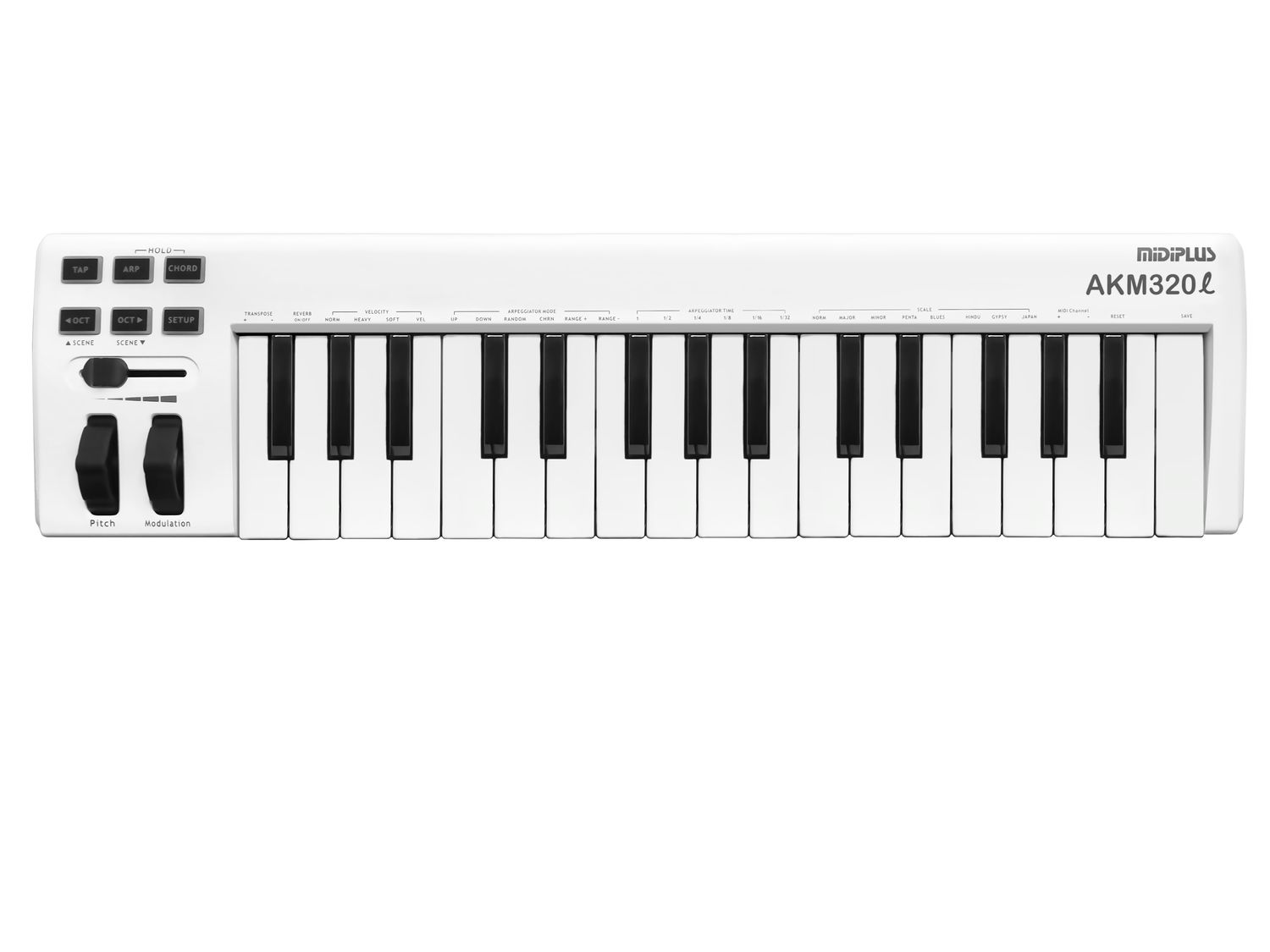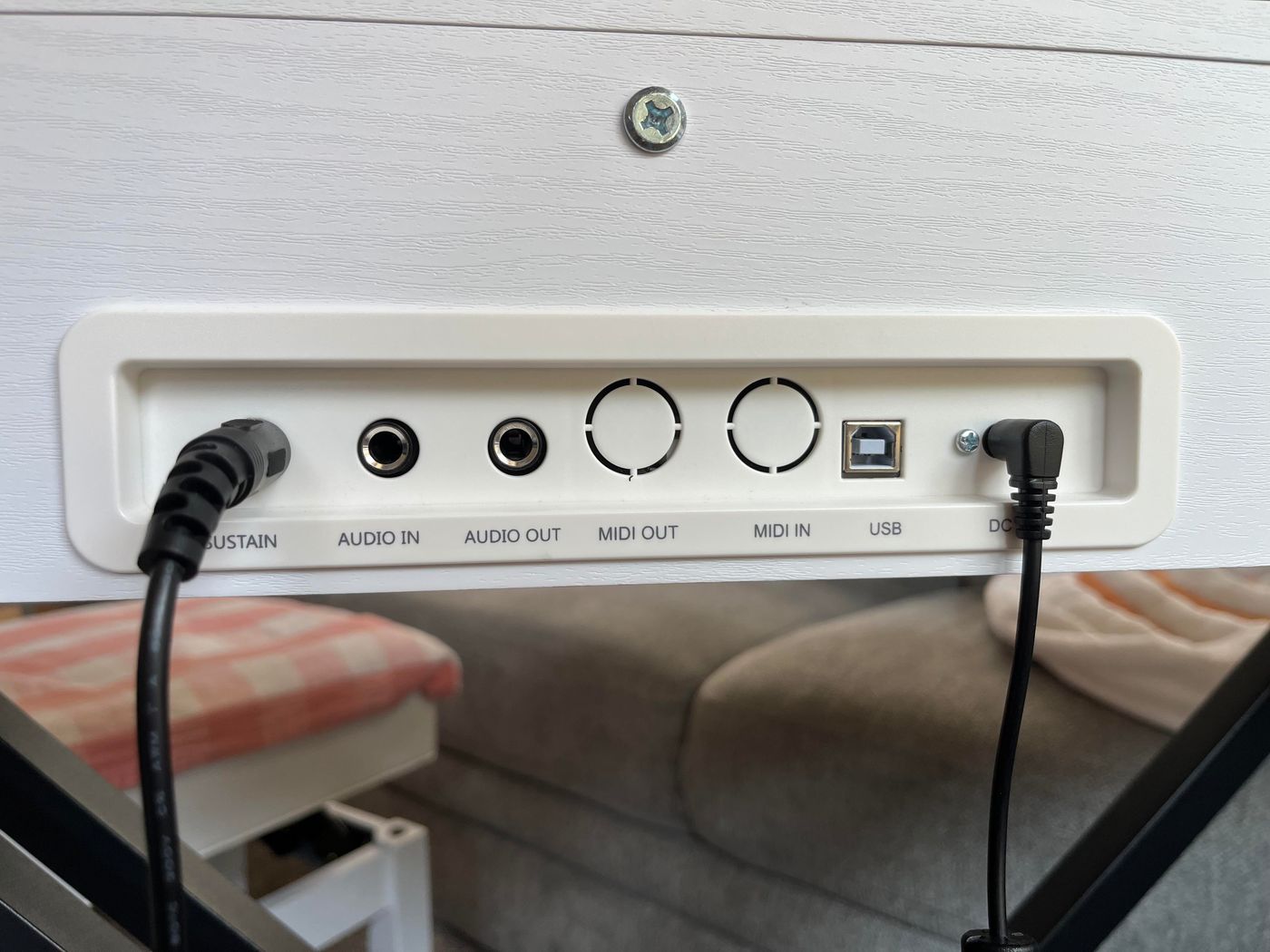Home>Production & Technology>MIDI>What Is The Rate Of MIDI Clock In PPQN?


MIDI
What Is The Rate Of MIDI Clock In PPQN?
Published: February 21, 2024
Learn about the MIDI clock rate in PPQN and its significance in music production. Understand how MIDI clock timing impacts your music projects.
(Many of the links in this article redirect to a specific reviewed product. Your purchase of these products through affiliate links helps to generate commission for AudioLover.com, at no extra cost. Learn more)
Table of Contents
Introduction
MIDI, which stands for Musical Instrument Digital Interface, has been a revolutionary technology in the realm of music production and performance. It allows electronic musical instruments, computers, and other devices to communicate and synchronize with each other. One of the key components of MIDI synchronization is the MIDI clock, which ensures that all connected devices stay in perfect time with each other.
Understanding the MIDI clock and its relationship to PPQN (Pulses Per Quarter Note) is crucial for anyone working with MIDI-based systems. The rate of MIDI clock in PPQN determines the timing resolution and accuracy of MIDI synchronization, playing a vital role in ensuring that musical events occur precisely when intended.
In this article, we will delve into the intricacies of MIDI clock and PPQN, exploring how they work together to synchronize musical devices. We will also discuss how the rate of MIDI clock in PPQN is determined and its practical implications in music production and performance. By the end of this article, you will have a comprehensive understanding of this fundamental aspect of MIDI technology, empowering you to make informed decisions and optimize MIDI synchronization in your musical endeavors.
Understanding MIDI Clock and PPQN
MIDI clock is the heartbeat of MIDI-based systems, serving as the reference for timing and synchronization. It regulates the tempo and timing of musical events across interconnected MIDI devices, ensuring that they play in perfect unison. Think of it as the conductor guiding an orchestra, maintaining a consistent tempo and ensuring that every musician stays in sync.
Pulses Per Quarter Note (PPQN) is a crucial concept in the realm of MIDI synchronization. It represents the number of timing pulses generated by the MIDI clock within a single quarter note of music. The higher the PPQN value, the finer the timing resolution, allowing for more precise synchronization of musical events.
When a MIDI clock signals a tempo of 120 beats per minute (BPM), it effectively generates a specific number of pulses per minute. These pulses are then divided based on the PPQN value, determining the precise timing intervals for musical events. For instance, a PPQN value of 96 means that there are 96 pulses within each quarter note at a tempo of 120 BPM.
Understanding the relationship between MIDI clock and PPQN is essential for achieving accurate synchronization in MIDI setups. A higher PPQN value results in smoother and more precise timing, enabling intricate musical arrangements and seamless interaction between MIDI devices. This is particularly beneficial for intricate compositions, intricate rhythms, and precise musical performances.
In summary, MIDI clock and PPQN work hand in hand to ensure that MIDI devices operate in perfect synchronization, allowing musicians and producers to create music with impeccable timing and precision. This foundational understanding sets the stage for exploring how the rate of MIDI clock in PPQN is determined and its practical implications in music production and performance.
Determining the Rate of MIDI Clock in PPQN
The rate of MIDI clock in PPQN is a critical factor that directly influences the timing precision and synchronization of MIDI-based systems. To determine this rate, we need to consider the tempo at which the MIDI clock is operating and the specific PPQN value set within the MIDI devices.
First and foremost, the tempo, measured in beats per minute (BPM), serves as the foundational reference point for the MIDI clock. This tempo dictates the speed at which musical events unfold within the MIDI system. When the MIDI clock signals a tempo, it essentially establishes the pace at which the PPQN pulses will be generated.
Next, the PPQN value defines the granularity of timing within the MIDI system. A higher PPQN value signifies a finer resolution, allowing for more precise timing intervals within each quarter note of music. This value is configurable within MIDI devices, enabling users to tailor the timing resolution to suit the specific requirements of their musical compositions and performances.
The rate of MIDI clock in PPQN can be calculated by combining the tempo and the PPQN value. For instance, at a tempo of 120 BPM and a PPQN value of 96, the rate of MIDI clock can be determined as follows:
(120 BPM / 60) * PPQN = Rate of MIDI Clock in pulses per second
In this example, the tempo is divided by 60 to convert it to beats per second, and then multiplied by the PPQN value to yield the rate of MIDI clock in pulses per second. This calculation provides a tangible measure of the timing precision within the MIDI system, offering insights into how musical events are synchronized and executed.
It's important to note that the rate of MIDI clock in PPQN directly impacts the smoothness and accuracy of MIDI synchronization. A higher rate signifies more frequent pulses, leading to finer timing granularity and enhanced synchronization capabilities. This is particularly valuable for intricate musical arrangements, complex rhythmic patterns, and scenarios where precise timing is paramount.
In practical terms, understanding the rate of MIDI clock in PPQN empowers musicians, producers, and sound engineers to optimize MIDI synchronization for their specific creative endeavors. By fine-tuning the tempo and PPQN settings, they can achieve the desired level of timing precision, ensuring that musical events unfold with impeccable accuracy and cohesion.
In essence, the rate of MIDI clock in PPQN serves as a foundational element in MIDI synchronization, shaping the temporal landscape within which musical expressions come to life. By mastering the intricacies of this fundamental aspect, individuals can harness the full potential of MIDI technology, unlocking new realms of creative possibilities and musical expression.
Practical Applications and Considerations
The rate of MIDI clock in PPQN holds significant implications for a wide array of practical applications within the realm of music production, performance, and sound design. Understanding its practical applications and considering relevant factors is crucial for harnessing the full potential of MIDI synchronization and leveraging it to elevate musical experiences.
Musical Composition and Arrangement
In the domain of musical composition, the rate of MIDI clock in PPQN plays a pivotal role in shaping the intricacy and precision of compositions. Composers and arrangers often rely on MIDI synchronization to bring their musical ideas to fruition, and a higher rate of MIDI clock in PPQN enables them to craft intricate rhythmic patterns, complex time signatures, and meticulously synchronized musical events. This level of precision empowers composers to explore new frontiers of musical expression, creating compositions with unparalleled depth and sophistication.
Live Performances and Sequencing
During live performances, MIDI synchronization serves as the backbone of electronic and computer-based music setups. The rate of MIDI clock in PPQN directly influences the tightness and accuracy of musical sequences, ensuring that every note, beat, and rhythm align seamlessly across interconnected MIDI devices. Musicians and performers rely on this synchronization to deliver captivating and flawlessly executed performances, where every musical element unfolds with impeccable timing and cohesion. By considering the rate of MIDI clock in PPQN, performers can optimize the synchronization of their setups, delivering electrifying live experiences that captivate audiences.
Sound Design and Electronic Music Production
In the realm of sound design and electronic music production, the rate of MIDI clock in PPQN holds immense significance for shaping sonic landscapes and crafting intricate soundscapes. Producers and sound designers leverage MIDI synchronization to synchronize sequencers, drum machines, synthesizers, and other electronic instruments, ensuring that each sonic element aligns precisely within the musical framework. By considering the rate of MIDI clock in PPQN, sound designers can achieve meticulous synchronization, allowing for the creation of immersive sonic experiences and finely crafted electronic compositions.
Considerations for Timing Precision and Flexibility
When delving into the practical applications of MIDI synchronization, it's essential to consider the balance between timing precision and flexibility. While a higher rate of MIDI clock in PPQN offers finer timing resolution and enhanced synchronization capabilities, it also demands careful consideration of the desired level of flexibility within musical performances and productions. Striking the right balance between timing precision and musical expressiveness is crucial, as it allows for the seamless integration of intricate timing while preserving the organic and dynamic nature of musical expressions.
In essence, the practical applications and considerations surrounding the rate of MIDI clock in PPQN encompass a broad spectrum of musical endeavors, from composition and performance to sound design and electronic music production. By understanding the impact of MIDI synchronization on these applications and considering the relevant factors, music creators can harness the full potential of MIDI technology, shaping compelling musical experiences with unparalleled precision and artistry.
Conclusion
In conclusion, the rate of MIDI clock in PPQN stands as a foundational pillar of MIDI synchronization, shaping the temporal landscape within which musical expressions come to life. By understanding the intricate relationship between MIDI clock and PPQN, individuals engaged in music production, performance, and sound design can harness the full potential of MIDI technology, unlocking new realms of creative possibilities and musical expression.
The interplay between the MIDI clock and PPQN determines the timing precision and synchronization capabilities of MIDI-based systems. A higher rate of MIDI clock in PPQN offers finer timing resolution, allowing for more precise synchronization of musical events across interconnected MIDI devices. This level of precision is invaluable for intricate musical compositions, live performances, sound design, and electronic music production, enabling creators to craft immersive sonic experiences and flawlessly executed musical arrangements.
Practical applications of the rate of MIDI clock in PPQN span a diverse array of musical endeavors, from the composition of intricate musical arrangements to the seamless execution of live performances. Composers and arrangers leverage MIDI synchronization to craft compositions with unparalleled depth and sophistication, while performers rely on tight synchronization to deliver captivating live experiences. Sound designers and electronic music producers harness MIDI synchronization to shape sonic landscapes and craft finely crafted electronic compositions.
As creators navigate the realm of MIDI synchronization, it's essential to consider the balance between timing precision and musical expressiveness. While a higher rate of MIDI clock in PPQN offers enhanced synchronization capabilities, it's crucial to preserve the organic and dynamic nature of musical expressions, allowing for the seamless integration of intricate timing while maintaining the desired level of flexibility within musical performances and productions.
In essence, the rate of MIDI clock in PPQN serves as a guiding force, ensuring that MIDI-based systems operate in perfect synchronization, allowing musicians and producers to create music with impeccable timing and precision. By mastering the intricacies of this fundamental aspect, individuals can optimize MIDI synchronization for their specific creative endeavors, shaping compelling musical experiences with unparalleled precision and artistry.


